Bach’s numbering system demystified mouthpiece selection.
In 1919, Bach rented a small room at 204E 85th New York, bought a lathe for $300, and began making one mouthpiece a day between his performances. His most important innovation was to develop a complete series of mouthpieces based on a logical numbering of cup and bore sizes. In the past, it was common practice to market mouthpieces under an artist's name. Bach's numbering system thus demystified mouthpiece selection. This system is still in use today on popular models like the 7C and 3C.
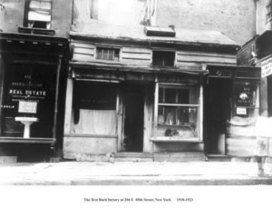
After Bach had sold his mouthpieces to all his acquaintances, the demand sank rapidly. Barely able to pay his rent, he placed an advertisement in "Metronome", the leading music magazine of the time, entitled "How to Become a Wizard on the Cornet Without Practicing". This caused Bach to once again start a rush of orders for his mouthpieces. Bach was now even able to hire two additional workers to expand the product range. He now gave up his concert activities in order to concentrate fully on his new business.
"When You Go Bach, You Go Forward."
In 1922 the production of Bach trumpets began. Most of today's trumpets are tuned in Bb, but much of the classical literature was originally written for trumpets in C or D. So Bach began to build these less used instruments and soon his small factory became a paradise for wind players who needed instruments for special requirements. For musicians who only needed one of these instruments once or twice a year and could not afford it, he developed a special rental program. From then on, he gradually expanded his trumpet program into a complete series. In 1928 he also began building trombones. After numerous musicians called his instruments the "Stradivarius" of trumpets, he had the foresight to register "Stradivarius" as a trademark for himself, which is still valid today. He also coined the slogan: "When You Go Bach, You Go Forward.‘‘
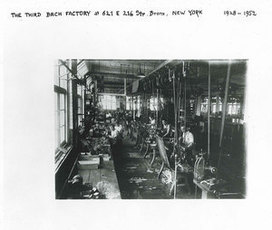
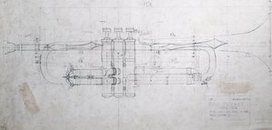
With now four facilities in New York City, Bach moved his production to a newly built factory in Mount Vernon in 1953. At that time it was one of the most modern and best equipped factories for brass instruments and mouthpieces in the USA.
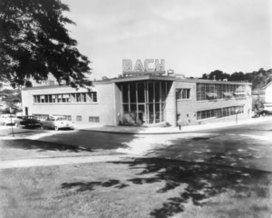
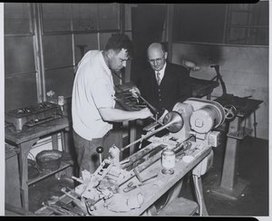
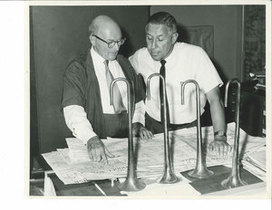
At the peak of production, Bach employed 35 workers. The majority of the instruments were made to order. At the beginning of the 1960s, Vincent Bach began to think about his retirement, his hearing began to deteriorate and the daily stress of the business began to wear him down. Since he had no heir to continue the business, he offered the company for sale in 1961 at the age of 71. According to reports from the Selmer Company, they did not offer the most money, but Bach felt that this was where his legacy would be best kept. Prior to the acquisition of Bach, Selmer was primarily a woodwind instrument maker. Henri and Alexandre Selmer were both accomplished clarinettists and began making clarinets and their mouthpieces in France in 1885. In 1905 Alexandre Selmer was first clarinettist of the New York Philharmonic Orchestra. After emigrating to the USA, he set up an office in New York to distribute his brother's instruments from France. When he returned to Paris in 1910, he obtained the distribution rights for Selmer products in the USA and George Bundy the rights to the Selmer brand, thus founding "The Selmer Company".
Photos: Conn-Selmer Inc.



